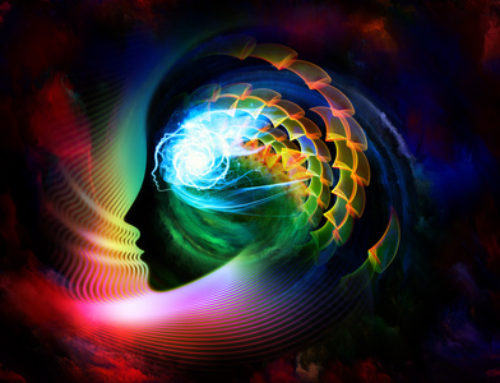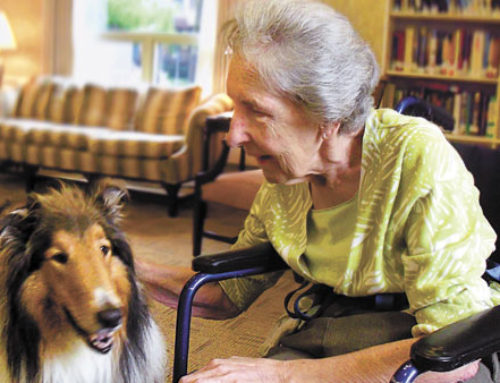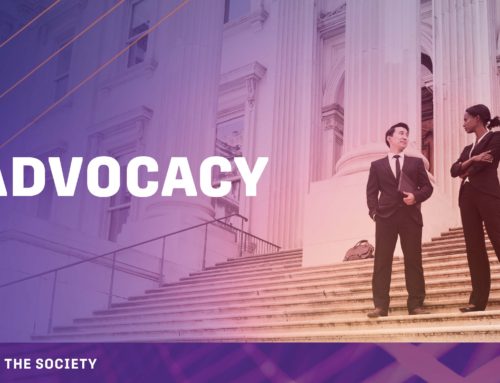Traditionally, lighting the interior environment served the purpose of visual stimulation, visual comfort and aesthetics. However, the profound impact lighting has on human biology is gaining recognition. Among the earliest environmentalist, Florence Nightingale knew the benefit of natural lighting and if she lived today would most likely insist on facilities built on a north-south axis for maximum access to the sun.
Full spectrum lighting has been used for some time in the treating of Seasonal Affective Disorder (SAD), associated with clinical depression, fatigue and reduced cognitive functioning. Recently, a new branch of medicine called chronotherapy has emerged, further revealing striking connections between natural rhythms and disease. Physiological rhythms affected by light include endocrine control, circadian rhythm, stress and fatigue regulation. Besides these psychological and physiological rhythms, there are a number of pharmacological rhythms. Studies conducted in rooms where lights were turned on for as little as 20 minutes a night cause melatonin, the bodys natural sedative, to drop dramatically. Lights often left on in ICU areas and patient rooms may contribute to fragmented sleep, impacting recuperative levels. On the other hand, seratonin, the bodys natural stimulant, is dramatically reduced with the typical interior space lit at 50 to 100 lux . This is perceived by our pineal gland as darkness, in that our body was designed to respond to the suns 100,000 lux. The combination of increased light during the wake period and decreased light during the sleep period in the healthcare environment may enhance sleep quality and speed recovery. The aid to general health and increased alertness and productivity becomes a benefit for the built environment in general.
With the realization that the quantity of light can impact health we have also realized the color temperature or use of white, full spectrum light can enhance the therapeutic benefits of our environment. Controversy still remains over the affect of the different wavelengths of light. Both ends of the spectrum, ultraviolet and infrared appear to be dangerous. But how does the blue spectrum light of cool fluorescent used throughout facilities have a negative affect on us? Recently a group came forward against retinopathy of prematurely (ROP) which is the leading cause of blindness in American children. The condition is preventable, claims the group by protecting premature babies from exposure to short-wave-length blue-violet light, which has not been proven safe for their eyes.
The future is ready for further study in the area of lighting. Certainly, the buildings of tomorrow will place more emphasis on natural light. Lighting that is functional, energy efficient and aesthetic will still be considered, but the most important criteria will become how it impacts the well being of the people who inhabit the space.





